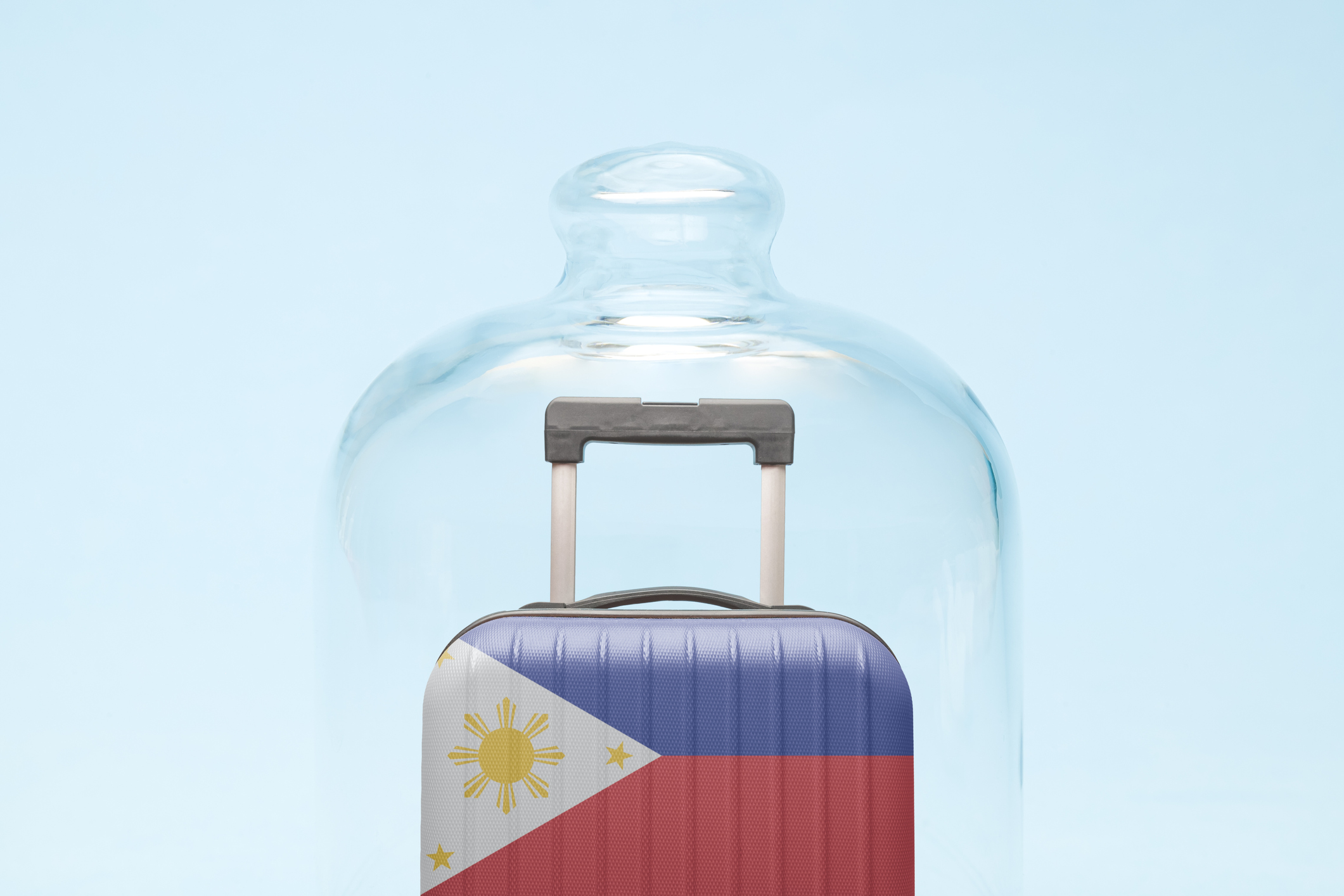This blog is part of the COMPAS Coronavirus and Mobility Forum.
Over the recent months of the coronavirus pandemic, the Philippines has seen the return of large groups of Filipino migrant workers. As countries around the world imposed lockdown measures, thousands of Filipino workers left jobless and stranded are forced to return to the Philippines. While many Filipino migrants remained abroad, others have requested the government for repatriation or have returned via flights arranged by their employers. The Philippine government has already repatriated over 31,000 Filipino migrant workers. Of the total, more than 20,000 are sea-based workers, mostly in the cruise line industry, and nearly 11,000 are land-based workers, mainly from Asia and the Middle East. More are expected to arrive in the coming months. Government officials say around 42,000 Filipino migrant workers are likely to return by the end of June. In total, around 300,000 are expected to return by the end of the year.
The pandemic has energised critical discussions about return in labour migration. In particular, it has turned the spotlight on the role of sending countries in repatriating migrants during crises. Repatriation has been a part of the Philippines’ experience as a major source of migrant labor, with an estimated 2.3 million workers abroad. The sending country is known for its model of migration governance, which combines policies of regulation, protection and welfare assistance that govern the labor migration process [1]. Under this migration policy framework, the Philippine government oversees the repatriation of Filipino migrant workers who are caught in emergency situations abroad. In past events, the government repatriated Filipino migrant workers in times of conflict and political upheaval, such as during the Gulf War of 1990-91, the Israel-Lebanon conflict in 2006 and the Arab Spring in 2011-12 [1]. These operations faced varying challenges. In 2011-12, for example, the government had great difficulties locating and evacuating undocumented Filipino migrant workers in Syria.
In the Philippines’ repatriation efforts for Filipino migrant workers amid the global pandemic, three features stand out and deserve special attention.
First, repatriation involves multiple actors beyond government. In recent years, migration scholarship has recognised that labour migration is ‘intensively mediated’ by multiple state and non-state actors [2], as exemplified by the migration industry and brokerage in Asia. The Philippine government is clearly leading the repatriation effort and the provision of welfare assistance, but the process also actively involves private recruitment and manning agencies, international and humanitarian organisations, as well as non-profit organisations. For example, the government’s labor employment agency has directed recruitment and manning agencies, many of whom covered the return flights of workers, to assist returnees with quarantine procedures and to provide food, accommodation and transportation to home provinces. The International Organization for Migration has supported government operations by arranging transport for Filipino migrant returnees, while the Philippine Red Cross has been conducting COVID-19 tests, including for overseas Filipino workers.
Second, whereas repatriation has largely involved extracting migrant workers from host countries, the arrival of returnees poses a challenge as the Philippines is itself under lockdown. The government has imposed a mandatory 14-day quarantine and COVID-19 testing phase for returned Filipino workers, managed by the health department and bureau of quarantine. Recently, Philippine President Rodrigo Duterte directed labor officials to speed up the process of sending home the 24,000 Filipino returnees who have been staying for weeks in quarantine facilities and on cruise ships, even after finishing the mandatory quarantine period. Some have been staying in these facilities for months, amid delays with testing and the slow release of results and health certificates. This has triggered fears of growing anxiety and depression among returnees. Recently, a Filipino returnee from Kuwait committed suicide in the quarantine hotel where she was staying, reportedly due to financial problems. Meanwhile, some returnees reportedly escaped quarantine facilities to reunite with their families.
Lastly, while repatriation is considered a critical form of emergency return mobility, often overlooked is the reintegration phase—what happens after the migrants return? The government has announced welfare assistance for returnees, primarily through immediate financial assistance and transportation to home communities. It has also ordered local government units to accept the repatriates as they return to their home provinces. Some local government officials earlier expressed concerns over returning migrants who may be infected, resembling stigma surrounding returnees as potential disease spreaders in other parts of the world. Importantly, the question remains as to how the government can strengthen the capacity of its reintegration programs, to provide returnees with employment and sustainable livelihood opportunities, counseling and other forms of support.
As the COVID-19 situation continues to unfold, we must consider urgently how countries can better care for migrants during large-scale return mobilities in times of crisis.
Karen Anne S. Liao is a PhD candidate in Geography at the National University in Singapore. Her current research focuses on the repatriation of Filipino migrant workers in times of crisis, and the links to return and reintegration.
References
[1] International Organization for Migration and Scalabrini Migration Center. 2013. Country Migration Report: The Philippines 2013. IOM-SMC: Makati City/Quezon City.
[2] Xiang, B., and J. Lindquist. 2014. “Migration Infrastructure.” International Migration Review, 48(1): S122-S148. DOI:10.1111/imre.12141.
Keywords: Filipino migrants, overseas Filipino workers, return, repatriation, crisis, coronavirus, Philippines, Southeast Asia
